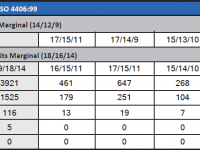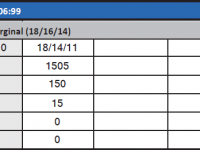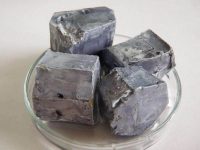Introduction to FTIR Spectroscopy Fourier Transform Infrared (FTIR) spectroscopy measures additive depletion, contaminant buildup and base stock degradation in lubricants. This type of analysis complements wear metal and other analyses. The principle of the test is that an infrared absorbance spectrum is acquired by passing an infrared beam through a thin layer of static sample.…
Read more
Introduction to FTIR Spectroscopy





